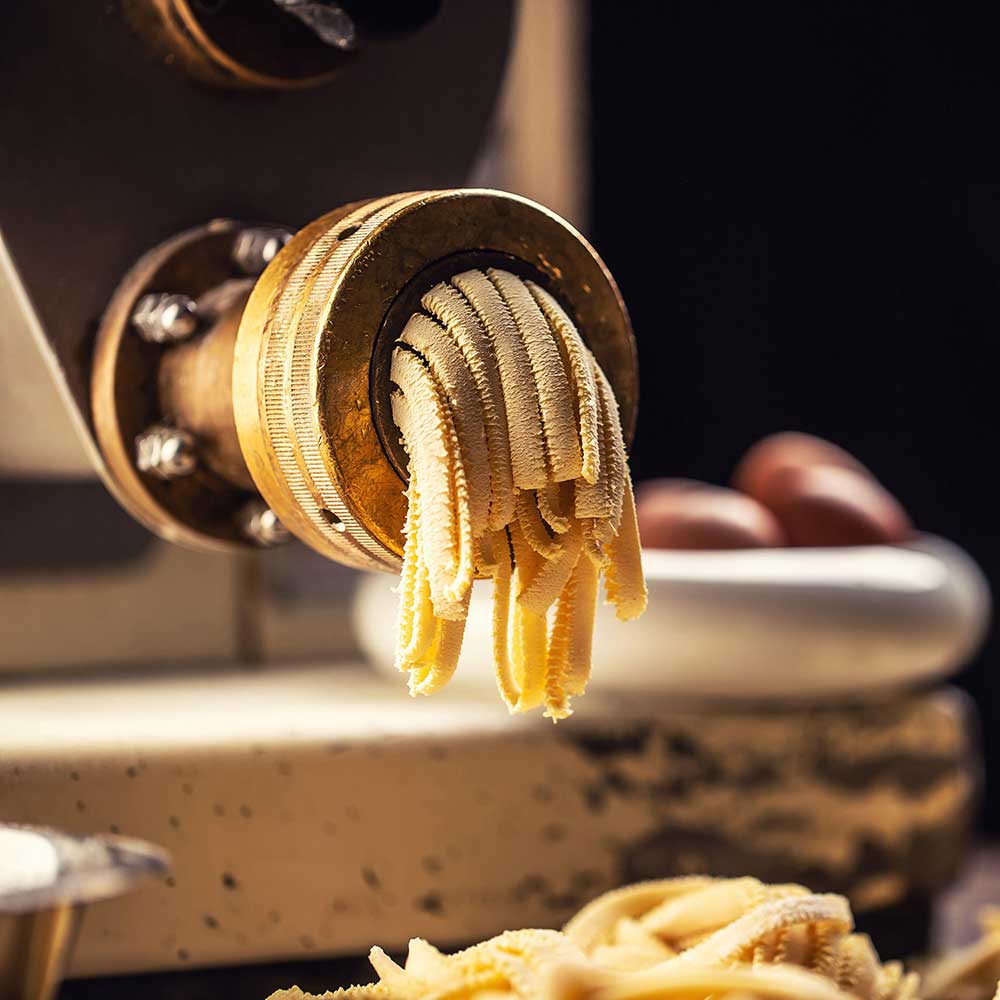
What is Bronze Die Pasta?
When it comes to pasta, the method of production can make a surprising difference in flavor, texture, and overall quality. One of the most celebrated differences lies between bronze die pasta and the more common store-bought varieties. While both have their place in the kitchen, understanding the nuances can help you elevate your pasta dishes to new culinary heights.
Bronze die pasta is crafted using a traditional process where the dough is extruded through bronze dies. This method has been passed down through generations and is prized for the unique characteristics it imparts to the pasta. The bronze die process creates a rough, porous surface that is excellent for holding onto sauces. This texture not only enhances the flavor profile of each bite but also ensures that every strand or shape is well-coated with your favorite marinara, pesto, or cream-based sauce.
In contrast, regular store-bought pasta is typically made using Teflon or stainless steel dies. These materials are more modern and allow for a faster production process. However, the resulting pasta has a much smoother surface. While this may be sufficient for some dishes, the smooth texture means that the sauce often slides off more easily, potentially leaving you with less flavor in every mouthful. The difference might seem subtle at first, but for food enthusiasts, that slight change in texture can translate into a notable difference in taste and satisfaction.
Beyond texture, the flavor and aroma of bronze die pasta can also be markedly different. The artisanal nature of its production usually means that less processing and fewer additives are involved. Many purveyors of bronze die pasta pride themselves on using high-quality durum wheat and traditional methods that respect the natural flavors of the grain. This results in a pasta that boasts a robust, nutty flavor and a delightful chewiness that many gourmet chefs and home cooks appreciate.
Another key factor is the cooking experience. Bronze die pasta, with its porous exterior, tends to cook slightly slower than its smoother counterparts. This might require a little adjustment in your cooking time, but it’s well worth the effort. The gradual cooking process allows the pasta to absorb flavors more thoroughly, resulting in a dish that feels richer and more integrated. The difference in cooking behavior can also lead to variations in texture—from perfectly al dente to a soft, welcoming bite—depending on how you time your culinary creation.
Cost is another element to consider. Due to the traditional methods and often smaller scale of production, bronze die pasta is typically more expensive than mass-produced varieties. However, for many culinary enthusiasts, the extra cost is justified by the superior quality and the authentic experience it brings to the table.
In summary, while both bronze die pasta and store-bought pasta offer their own merits, the artisanal charm of bronze die pasta makes it a favorite for those who want an elevated dining experience. Its rough texture, enhanced flavor absorption, and the care that goes into its production set it apart from the smoother, more convenient alternatives. Next time you’re planning a pasta dish, consider choosing bronze die pasta to truly let your sauce—and your taste buds—shine.
